How to photograph animals on safari
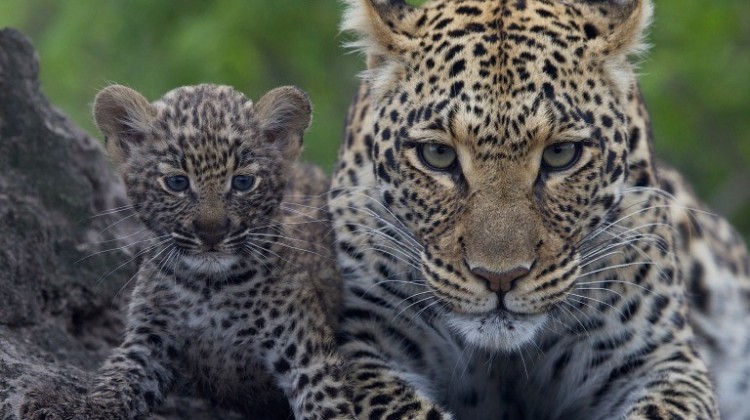
I’m a professional photographer who has run camps and lodges in Africa. As such I’m often asked how to photograph animals on safari. The quick answer is there isn’t a simple set of rules, but I’ll run you through some of my best African animal photography and explain how I took each one, together with some of my guiding principles.
1. Going wide
With larger animals there will be the opportunity to zoom out from the subject, or use one of your wider-angle lenses. This photo was taken using a 24-70mm, a common ‘all in one lens’ for a more open landscapes or ‘day to day shots’ around your safari camp.
Animals like giraffe, elephant and hippo are not only large but often gather in herds, so a wide angle lens often comes into its own and is very useful to have in your bag.
This photo was taken at a water hole in Namibia. It was exceptionally dry and dusty which made it difficult to distinguish individual elephants. By zooming out I aimed to capture an atmosphere more than the detail of the animals.
At 24mm I could also use a slower shutter speed, which helped as it was getting dark. Longer lenses need higher shutter speeds to ensure sharper images.
2. Vehicle
This leopard photo was taken on the Selinda Reserve in the Linyanti region of Botswana. The leopard population is thriving and guests staying here see them regularly.
As they are spotted regularly the leopards have become very relaxed and calm around vehicles. However you still need a good guide to get you in the right place at the right time.
We placed our vehicle not far from a termite mound, where a previous sighting of the leopard and her cub had been reported, and waited. Soon enough they showed themselves and were inquisitive enough to approach. At this point it was very important to limit movement within the vehicle and ensure that the outline of the vehicle is not broken.
I used a simple back up camera for this photo, a Canon G16, which allowed me to use the least amount of movement, and there was no need for changing lenses. This is a camera I always carry as a backup to my main DSLR and for everyday shots around camp.
3. Hide
Hides provide a very relaxed way of photographing wildlife on safari. Often situated in areas of more concentrated wildlife, such as waterholes, they provide a comfortable environment where you can really let the scene build up without any disturbance to the wildlife. Patience is often required, but this is a real opportunity to absorb the smells and sounds of Africa.
This shot was taken from a hide in the Okavango Delta, close to a hyena den. The hide design allowed me to get a very low angle view and was comfortable enough to be able to wait some time for the young cubs to appear. I used a medium length lens, 70-200 mm, at 200 mm as the subject was not too far away.
The 70-200mm is a very good ‘do all’ lens on safari, as 1.4x or 2x extenders can be used increase the zoom.
Beanbags were provided in the hide to provide support. Once the sun retreated it was more difficult to keep the shutter speed high and a steady hand was required.
4. Symmetry
Looking for symmetry and patterns in the wilderness expands the creativity of wildlife photography, developing a whole image beyond just the subject itself.
I will often close one eye when viewing a scene. This provides the two-dimension view that will be created in your photo. It helps bring out the patterns that can be seen in your frame.
Reflections in water are the perfect way to add some creativity to a shot. This lucky leopard tortoise was spotted while I was on a game drive at Duba Plains in the Okavango Delta. They are easier to see there because of the open grasslands and it was lucky because although it was in the path of our vehicle our sharp eyed guide spotted it.
I took this lying down outside the vehicle to enhance the reflection. I used a 300mm lens which allowed me not to disturb the animal any more. A low aperture of f 2.8 provided a shallow depth of field blurring the background.
5. Low Angle
Many safari photos will be taken from the slight height of a game drive vehicle. It becomes quite noticeable when you are conscious of it when reviewing your pictures. Some will say that this gives predators in particular a dis-empowerment that can be avoided if you are at their eye level. To me it makes a considerable difference, and I will do everything (within safe parameters) to get an eye level shot.
This lion photograph was taken on the Chobe River whilst there with Pangolin Safaris on a specialist photographic boat, which was very low. I used a 500mm lens, as the lioness was quite some distance away, and lay down on the boat floor. The light was side on, extenuating the shadows, and I used a shutter speed of 1/2500 to capture the water as she drank.
You may be limited on how low you can go in a vehicle. One option is to ask your guide and fellow guests if you could have a session on the front seat. In some situations it may also be possible to get low whilst out of the vehicle, such as tea break or sundown time. In a safe environment why not get flat on the ground and explore Africa from the ground up. This is particularly striking when you have crocodile free water in front of you.
6. Black and White
Black and white photographs can be extremely striking and many books are written on just this medium. In a simplistic summary, for wildlife, it allows you to focus on the subject areas that you wish to highlight.
Black and white works well in many situations, especially when the background colours are distracting or blown out. I am a big fan of switching to black and white during the middle parts of the day, or where the background colours, for example bright blue sky or distracting grass, are taking your eye away from the subject. Zebras work particularly well in this medium when it is bright.
This elephant bull was photographed at Zarafa Camp in Botswana. It was at 3pm, so quite bright, but the elephant was half in the shade which provided some contrast. I used a 300mm lens and tried to limit any brightness in the background. The colour version was still a little washed out but it worked better in black and white. There was a little editing in Adobe’s Lightroom to bring out the shadows, but not much. What was important is that the light was perpendicular which provided the texture to the trunk and forehead.
Turning your camera to monochrome is well worth a try while you are actually on safari to see the results there and then.
7. African Sunsets
Every safari portfolio should have a cracking sunset in there somewhere. It is such a classic time of day in Africa, especially when you are reflecting on your wildlife sightings with a G&T.
Getting a great sunset shot can be frustrating when using an automatic function on your camera. It tends to look at the whole scene and works out the settings based on the light, which it sees as low. To get the best photograph you would normally have to override the way it meters the light. The easiest way is to try pointing the camera at the red and orange sky and then move to the subject and take the image.
A fun shot is to use the same method with a flash with your friends or family in the foreground. The flash lights them up but you will be exposed nicely on the setting sky. This is a classic ‘keeper’ that I can happily show anyone how to create on their particular models.
The giraffe photo above was taken on the Selinda Reserve. Very early in the evening we found two young giraffes fighting. We waited a while in our vehicle until the sun was setting, positioning ourselves with the sun between the animals. It took some moving back and forth, but they were quite relaxed with us by then. I used the manual mode in my camera and set it for the background of the sky. I could then focus on the giraffes and waited for the right moment as they crossed necks in battle. It was not so much of a serious fight so no casualties.
8. Action
Taking images of moving animals or birds truly captures the essence of the animals and the situation they are in. The increased technicality brings considerable satisfaction once you get an image in sharp focus.
Being prepared in every sense is the most important factor. Learn to use your camera with the right settings so you don’t have to think about it. That said, there is one rule that you can build everything around: have a higher than normal shutter speed.
The very general rule is to have a minimum shutter speed at 1/hundreds of the focal length of your lens. So for a 400mm lens 1/400s would be your goal. You achieve this then by adjusting the amount of light coming into your lens and the sensitivity of your sensor; the aperture and ISO.
The world of camera equipment is developing at such an incredible rate. It is now possible to purchase reasonably priced cameras that work much better in lower light than ever before. This allows you to have higher shutter speeds in far more situations without sacrificing quality.
This wildebeest migration ‘river crossing’ image was taken in the northern part of the Serengeti on the Mara River. We were looking for a situation where we could capture the wildebeest migration coming towards us ‘front on’. In this case I used a 400mm lens with a x1.4 extender. I opened the aperture up to its maximum and adjusted my ISO to provide a shutter speed of 1/2000.
It was important for me to capture the movement and spray of the water and, if necessary, I would have increased the sensor ISO much higher to allow a sufficiently high shutter speed. The added bonus of the high shutter speed was to counteract the potential for camera shake since the wildebeest were at such a distance.
Any questions?
If you’ve got this far and not found an answer to a question you have, on how to photograph animals, something more about a specialist photograph safari that we should have included, please ask in the comments section below, or pop us an email. We’ll be sure to reply and may amend the article to include our answer.
What Next?
Whichever way you choose to capture photos on your safari holiday, we’re happy to help with advice. We’ve got keen photographers among the team at Aardvark Safaris for the relatively easy stuff, and I’m pleased to be contacted if you need any wildlife photography advice. Contact me David Murray, a professional photographer based somewhere between the UK and Africa, for the tougher, geeky questions.
Please give us a call or drop us an email and we will do the rest.
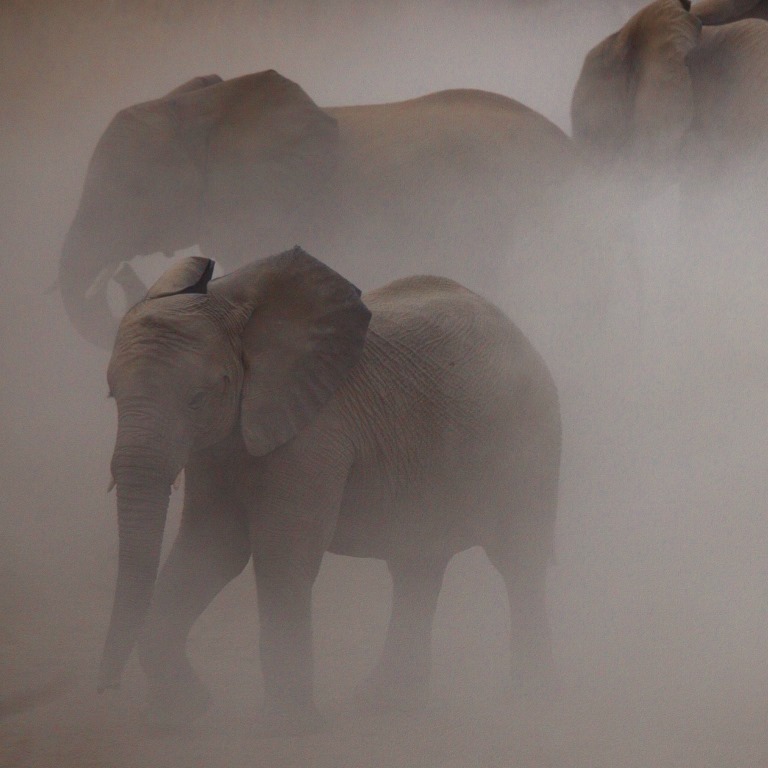
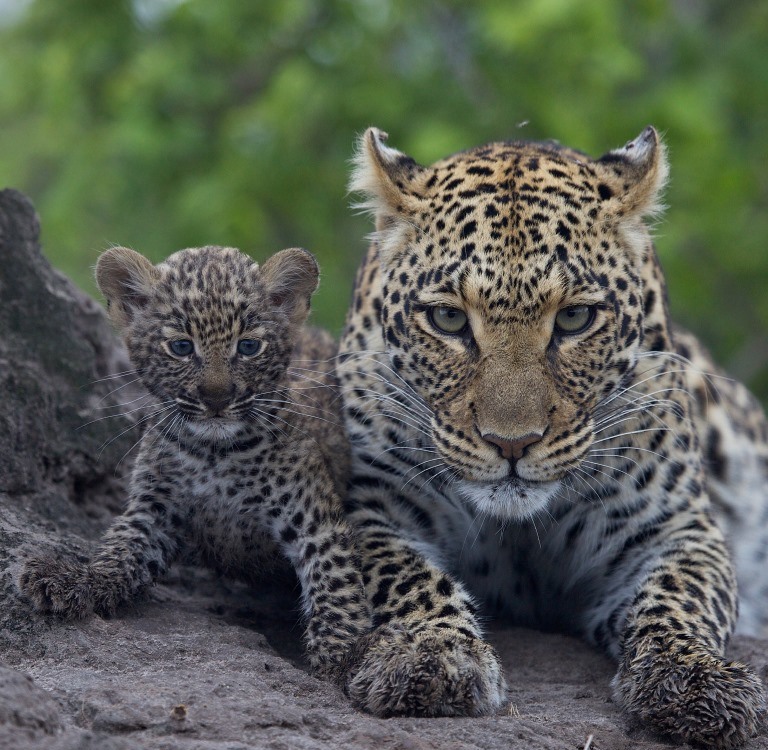
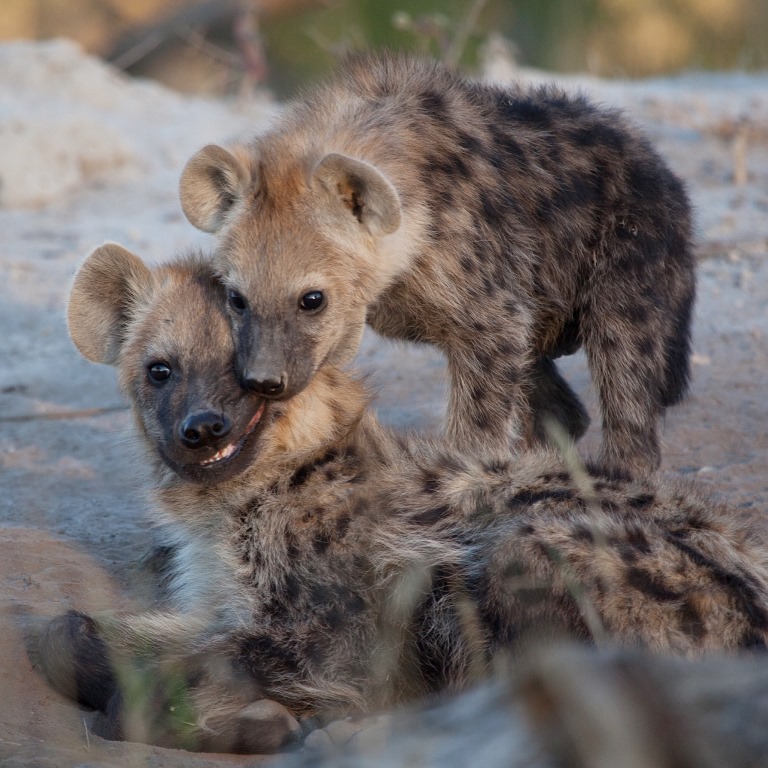
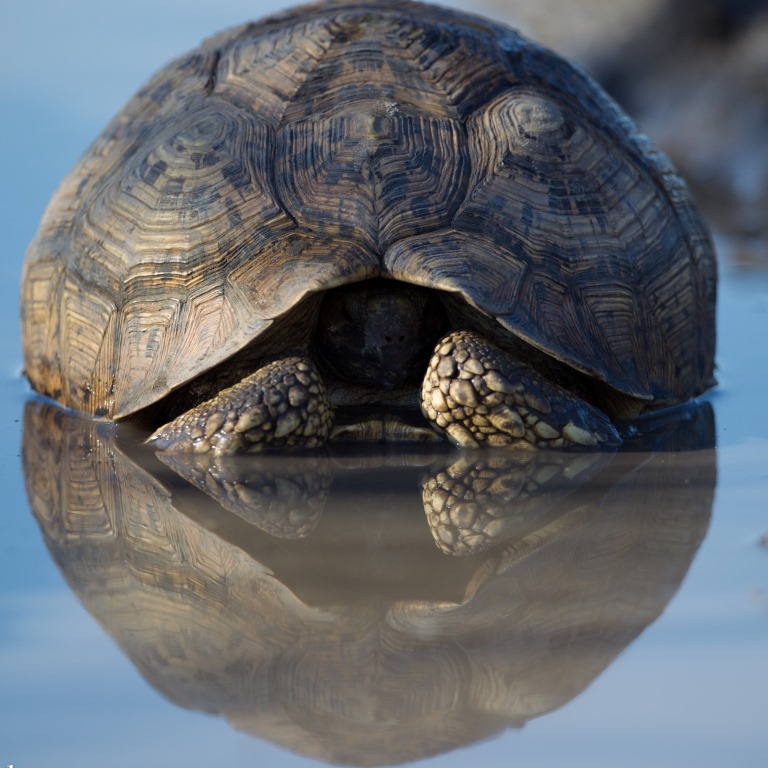
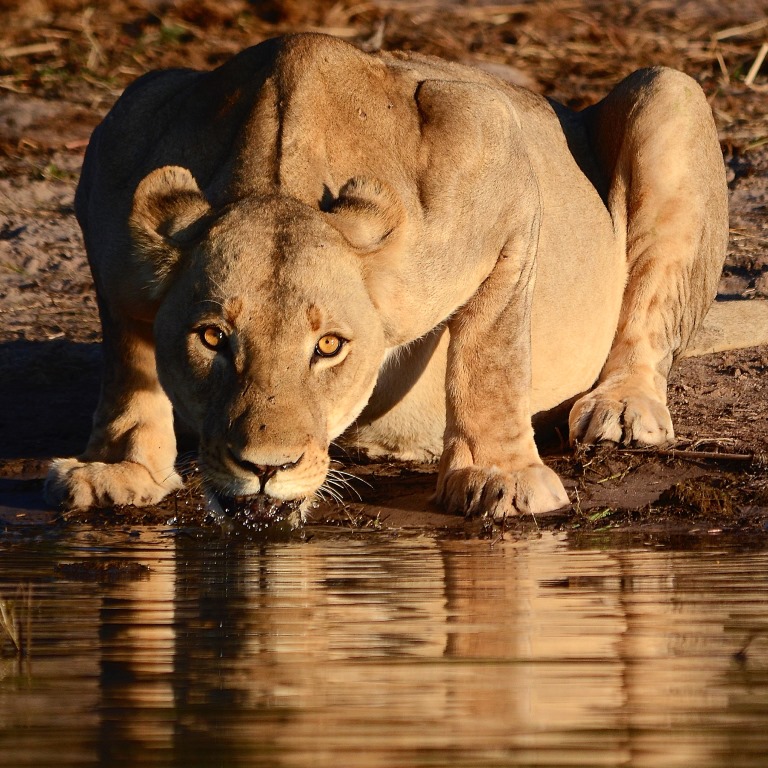
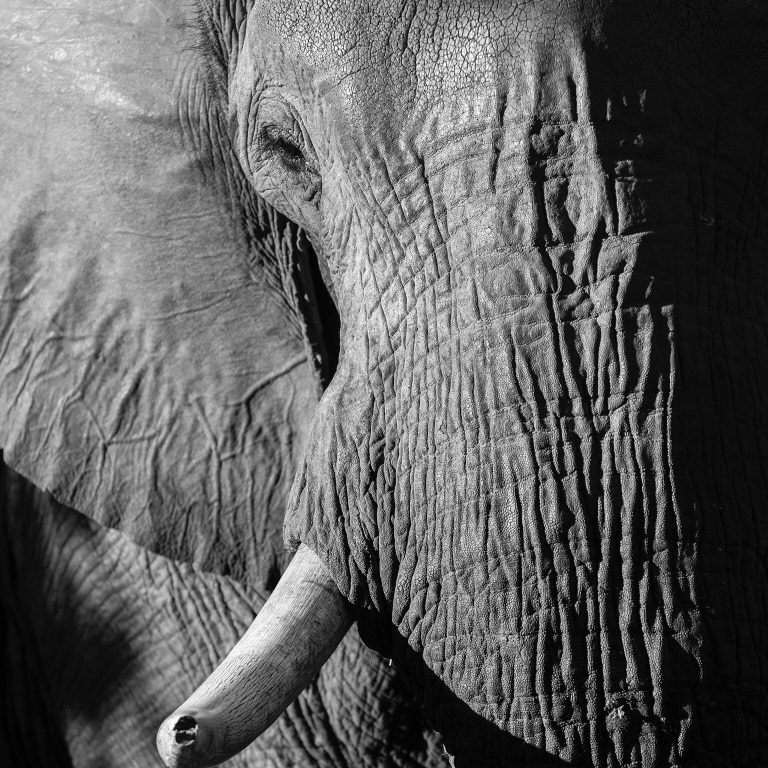
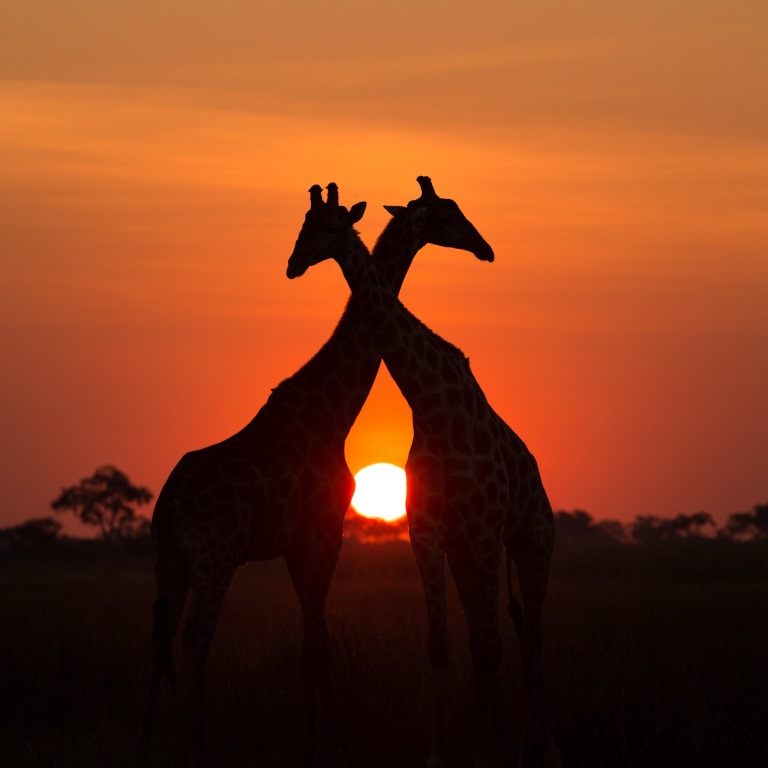
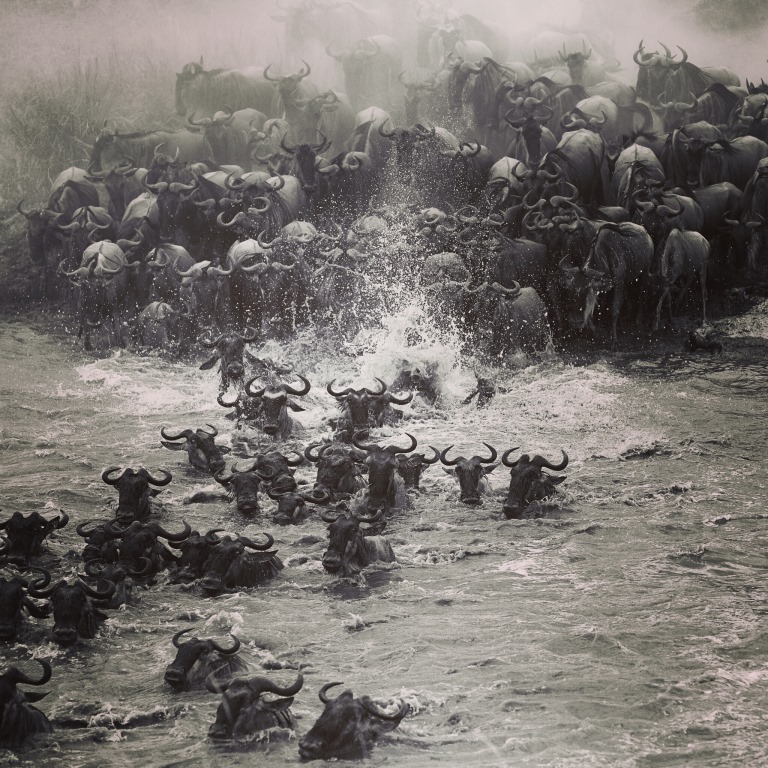
Leave a Reply